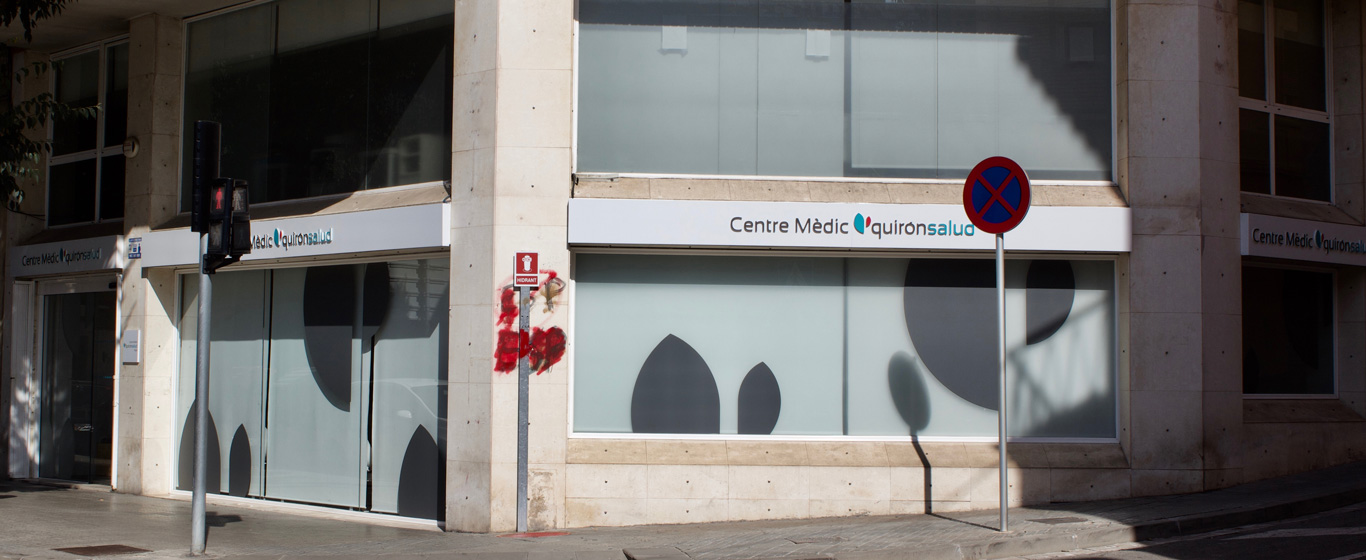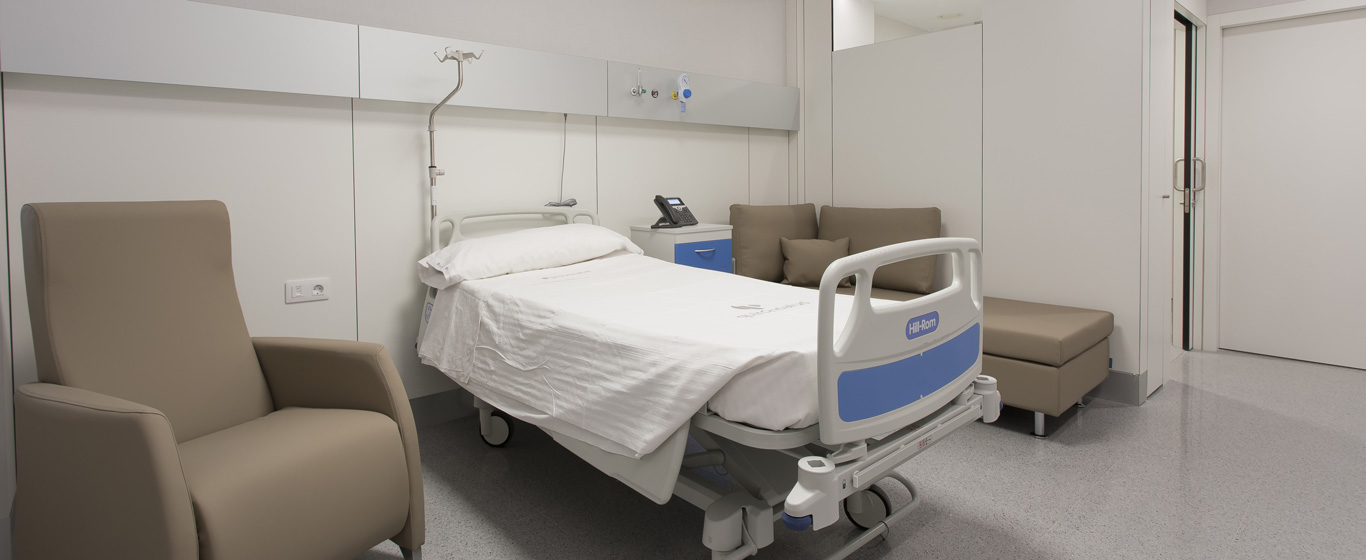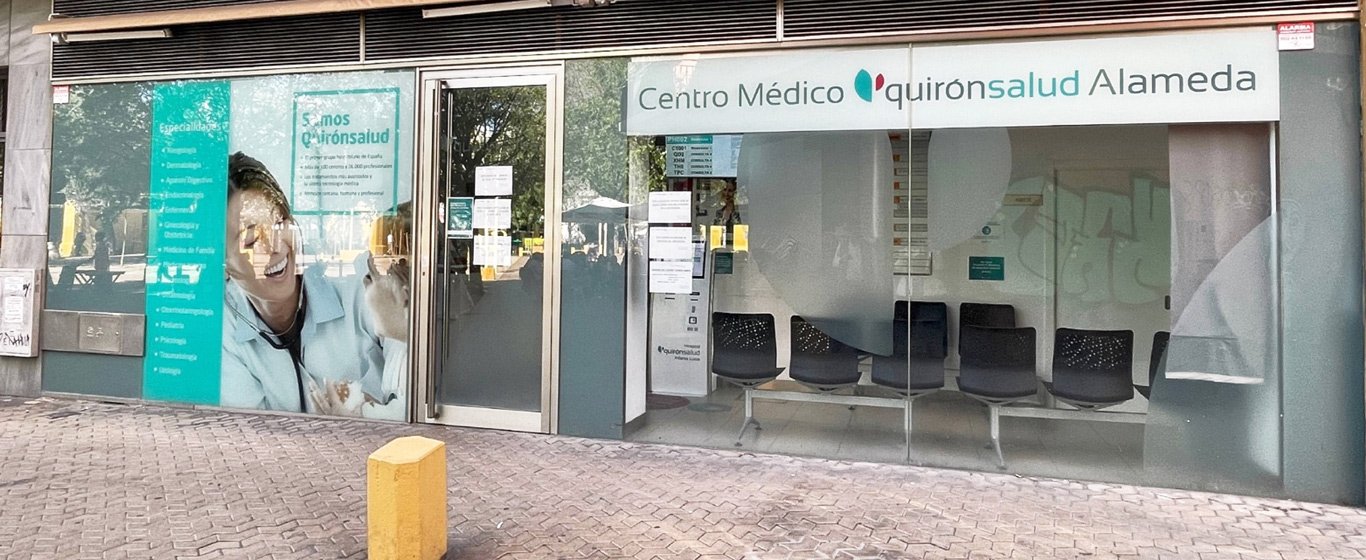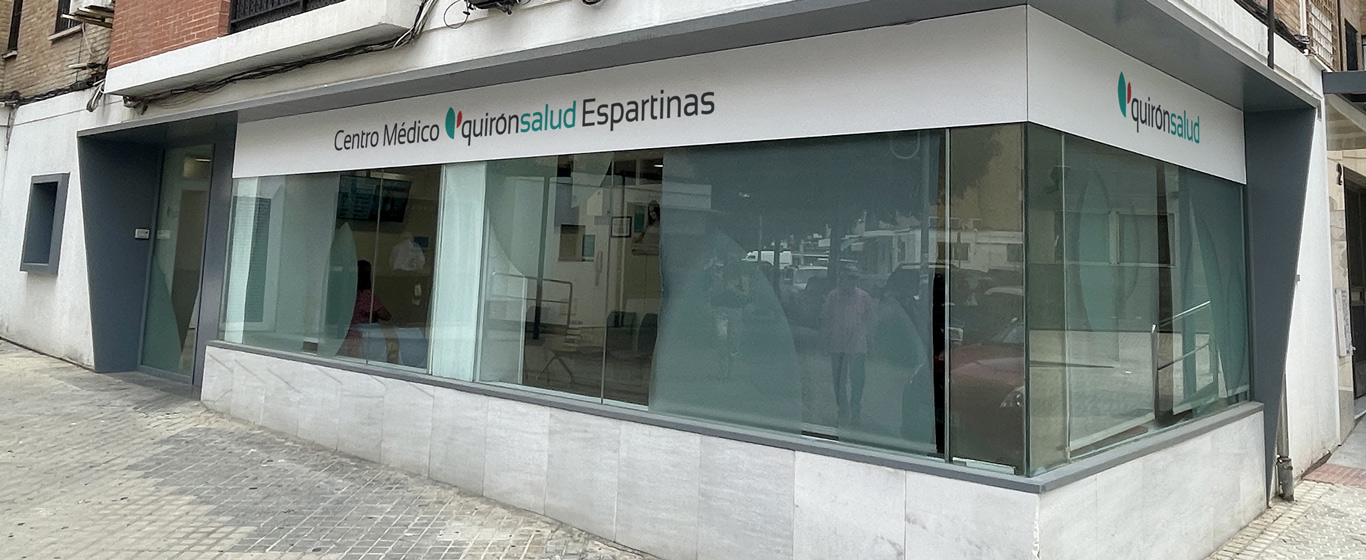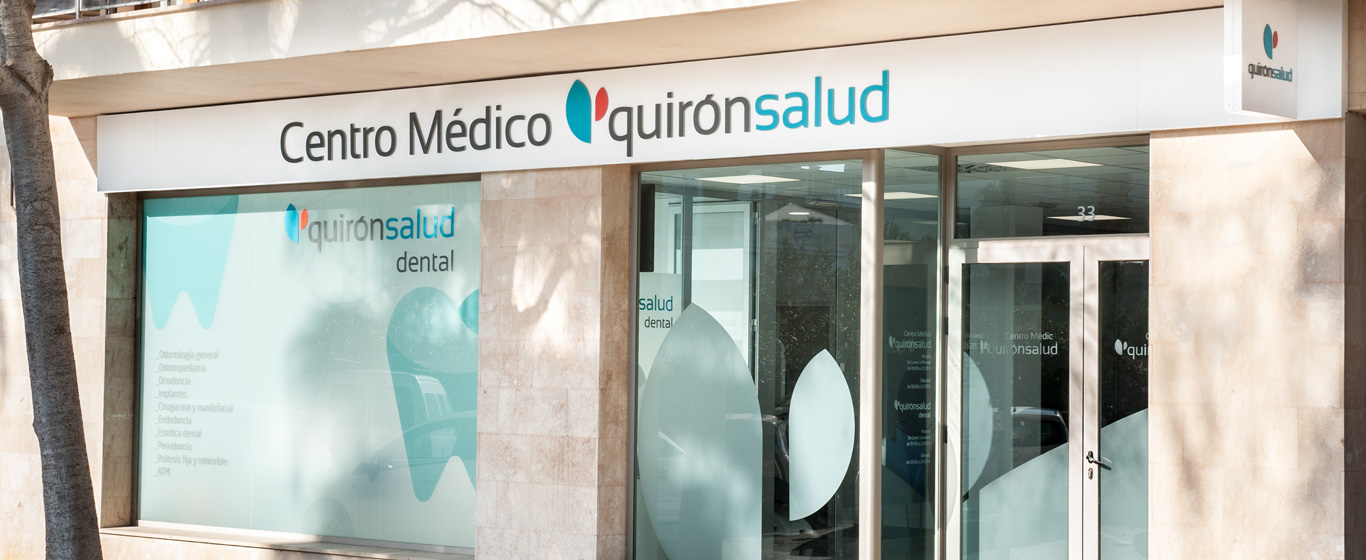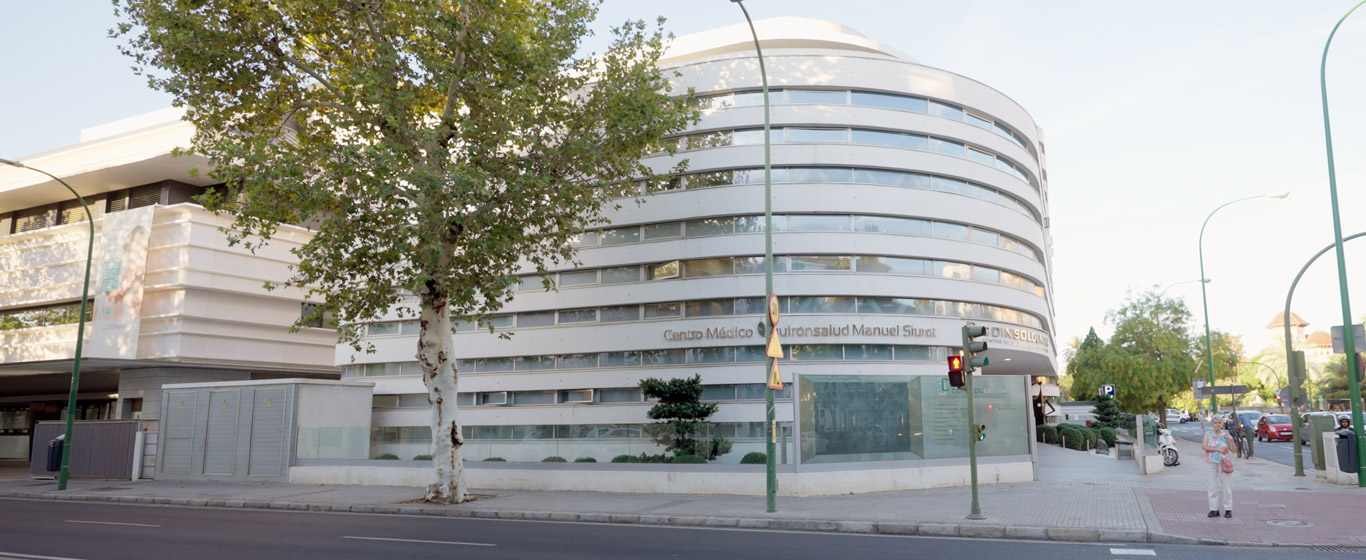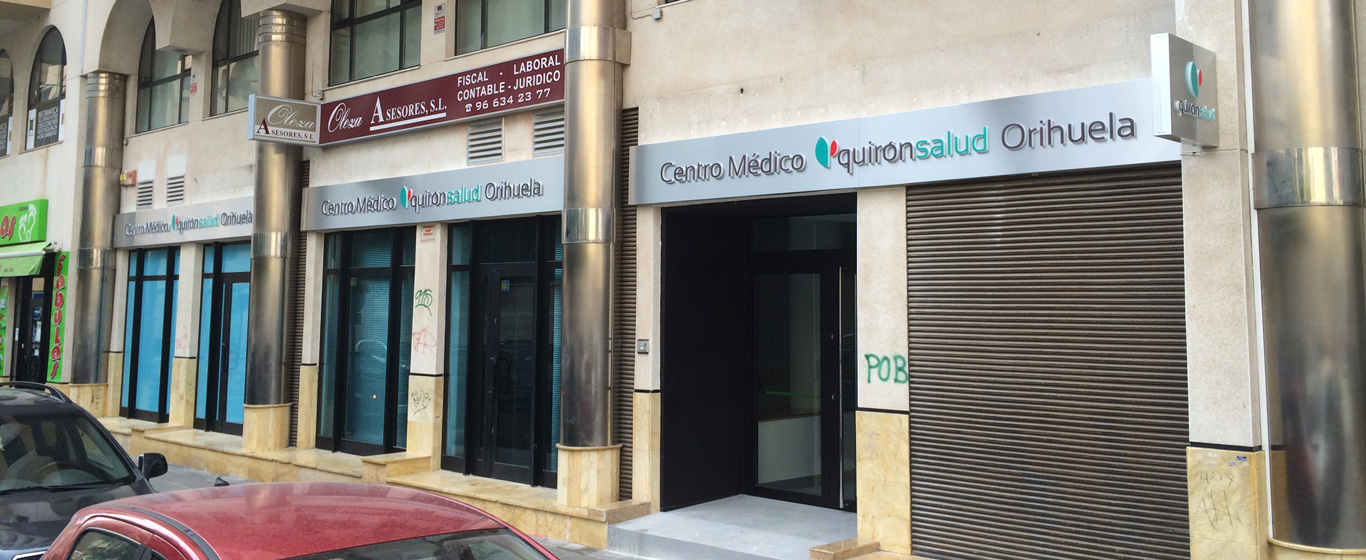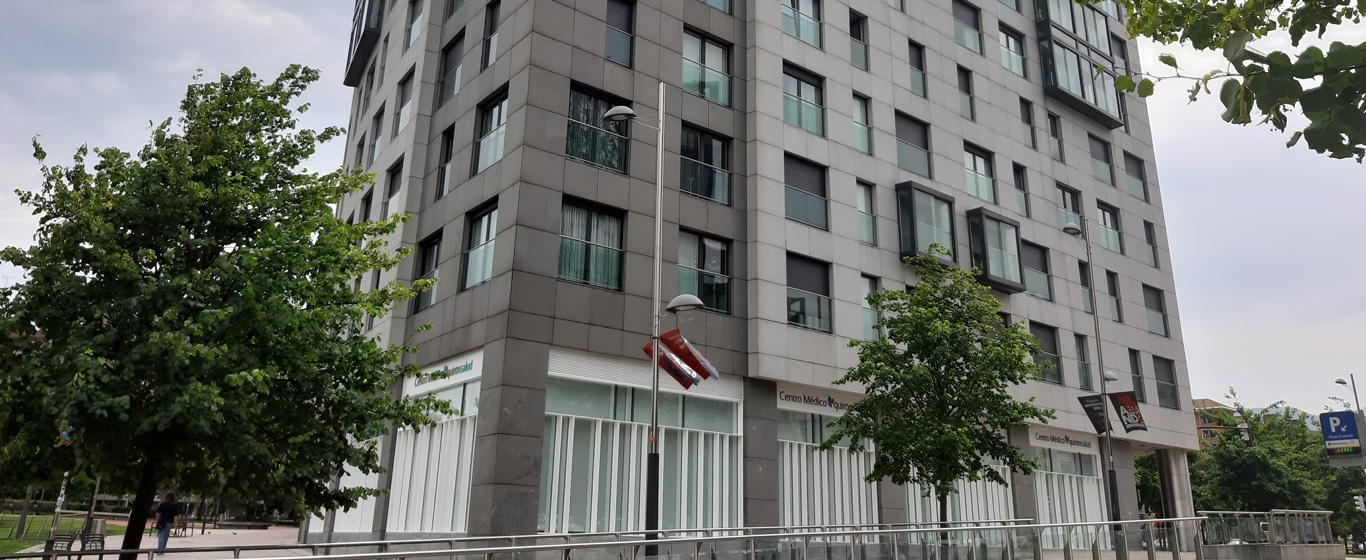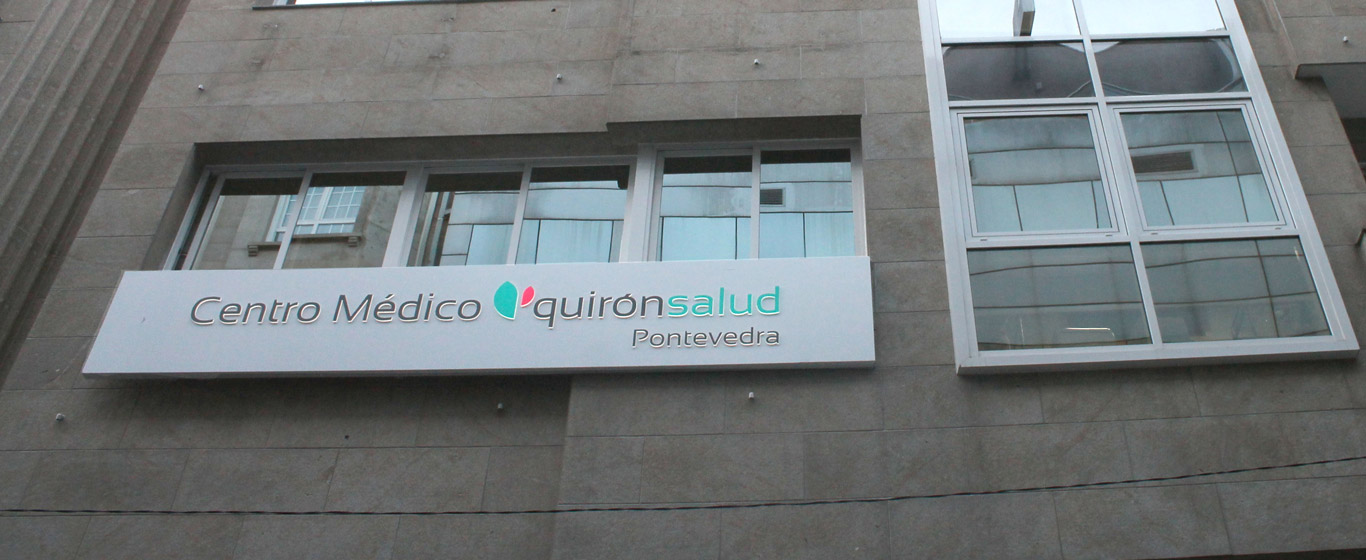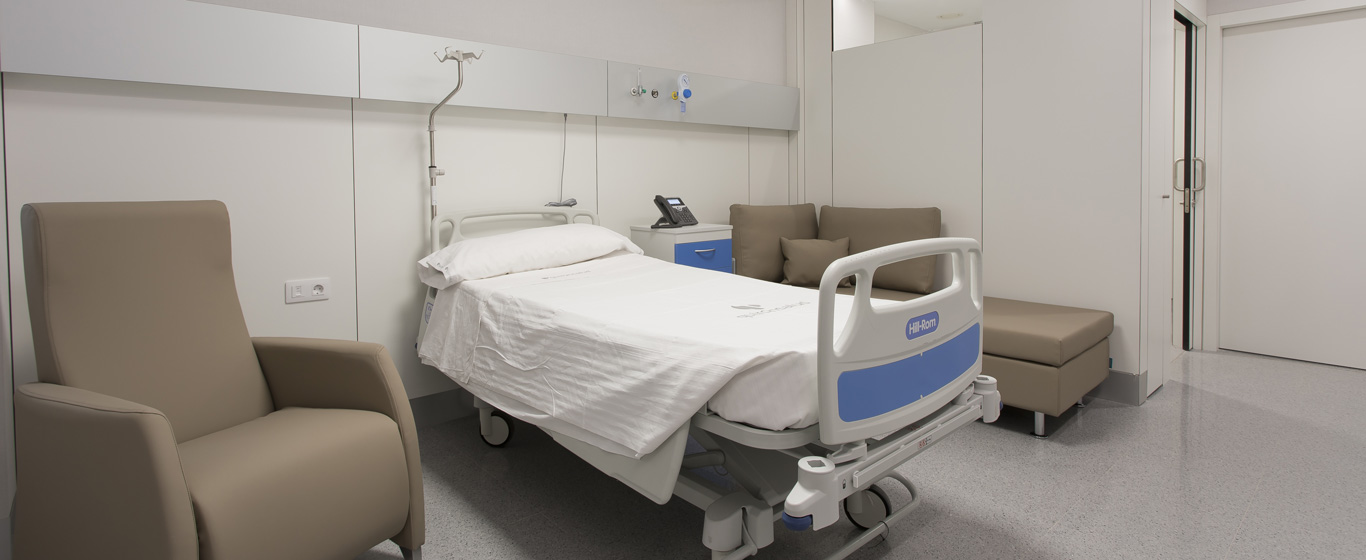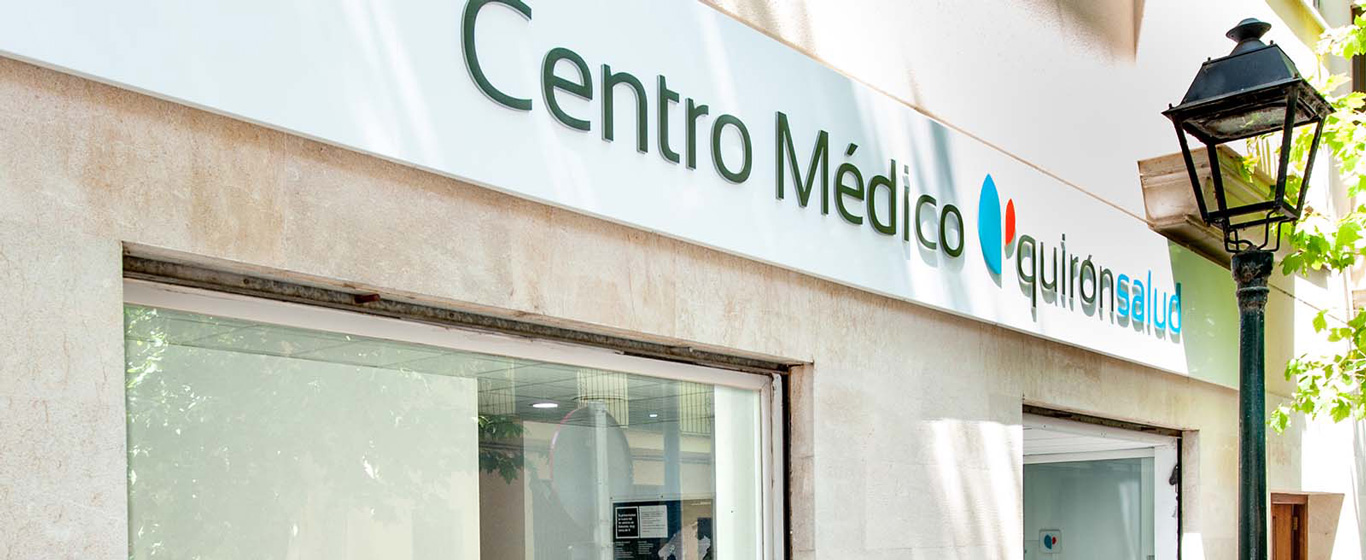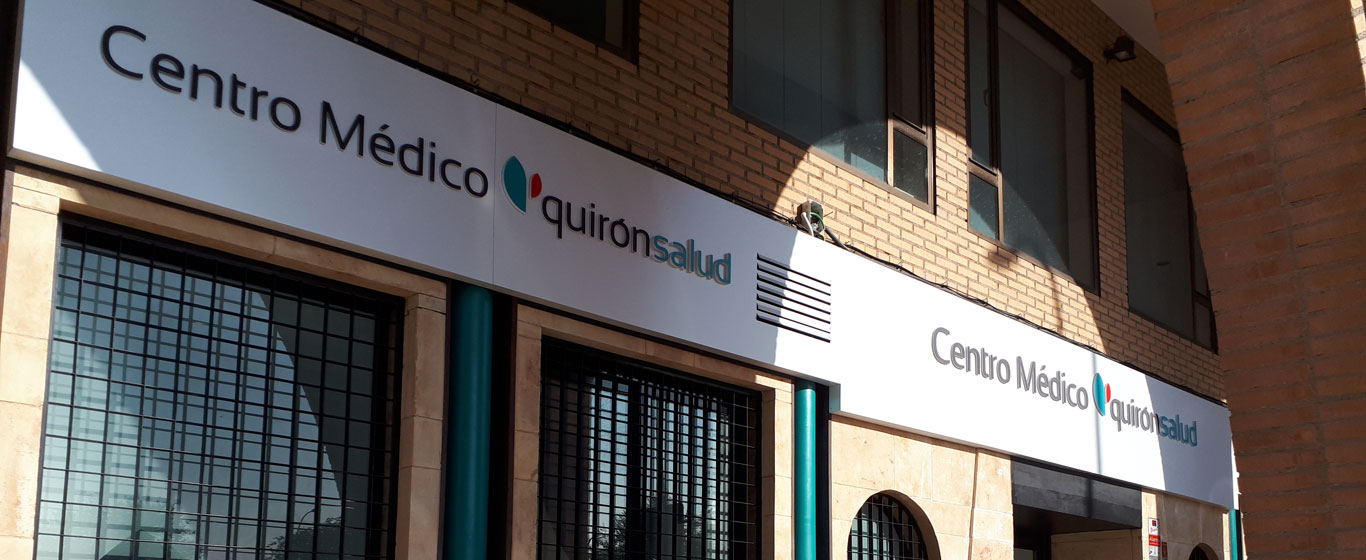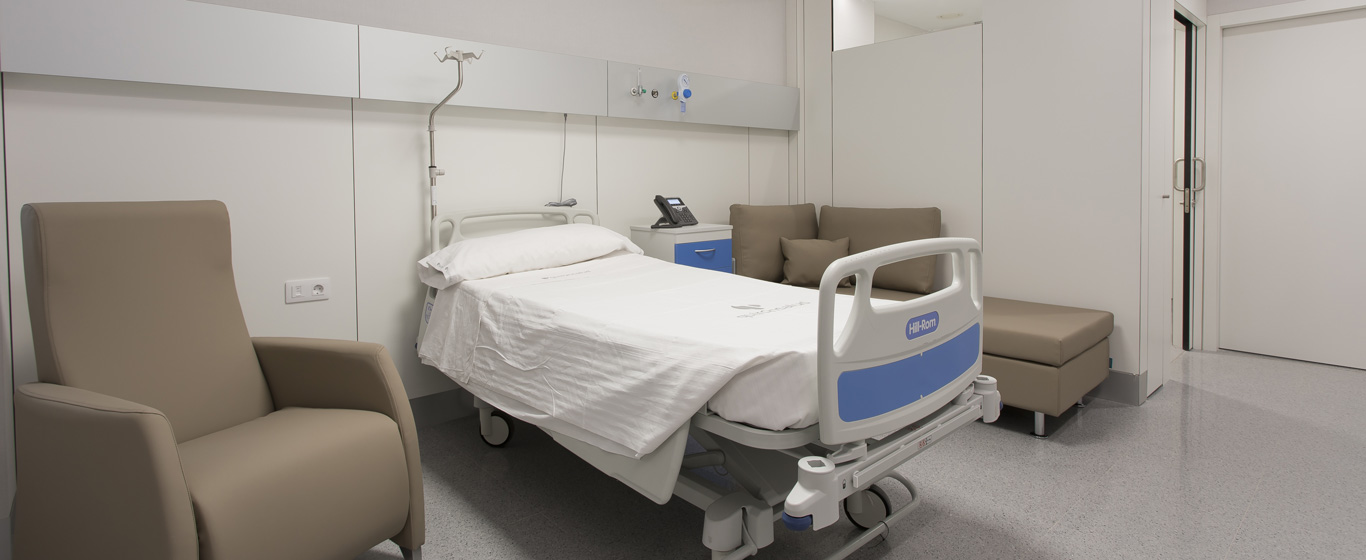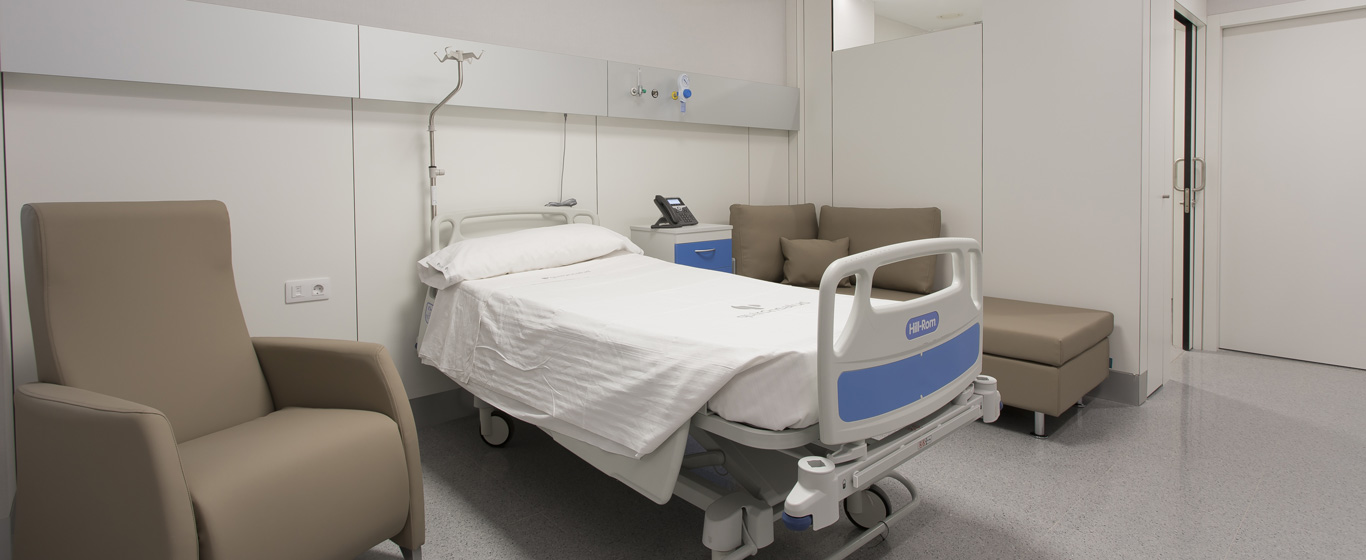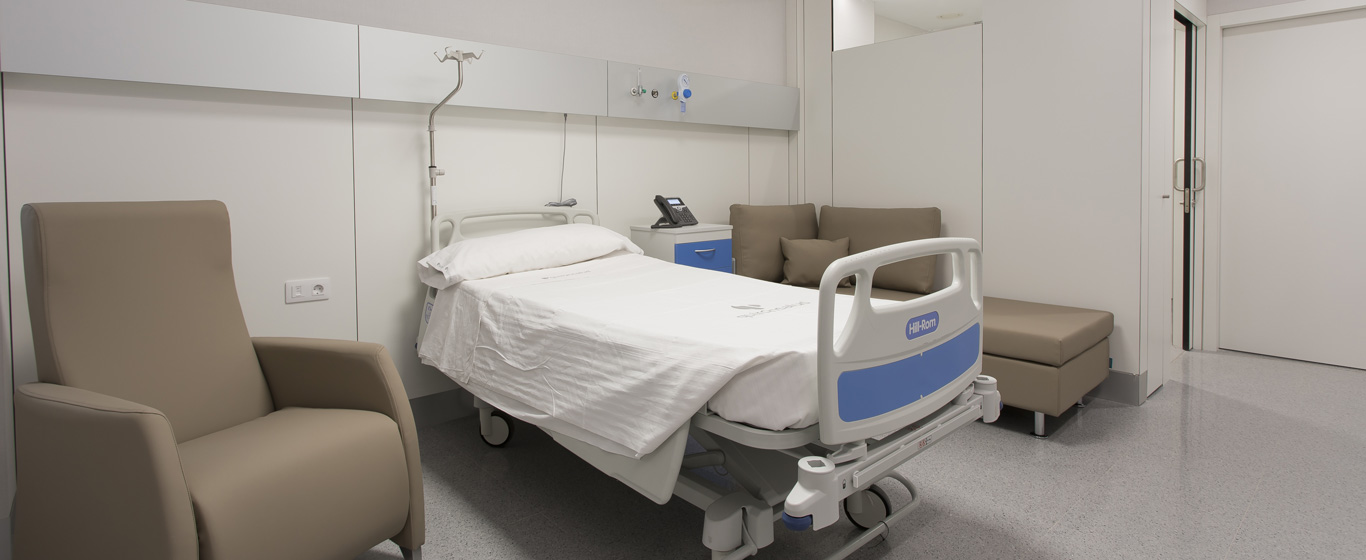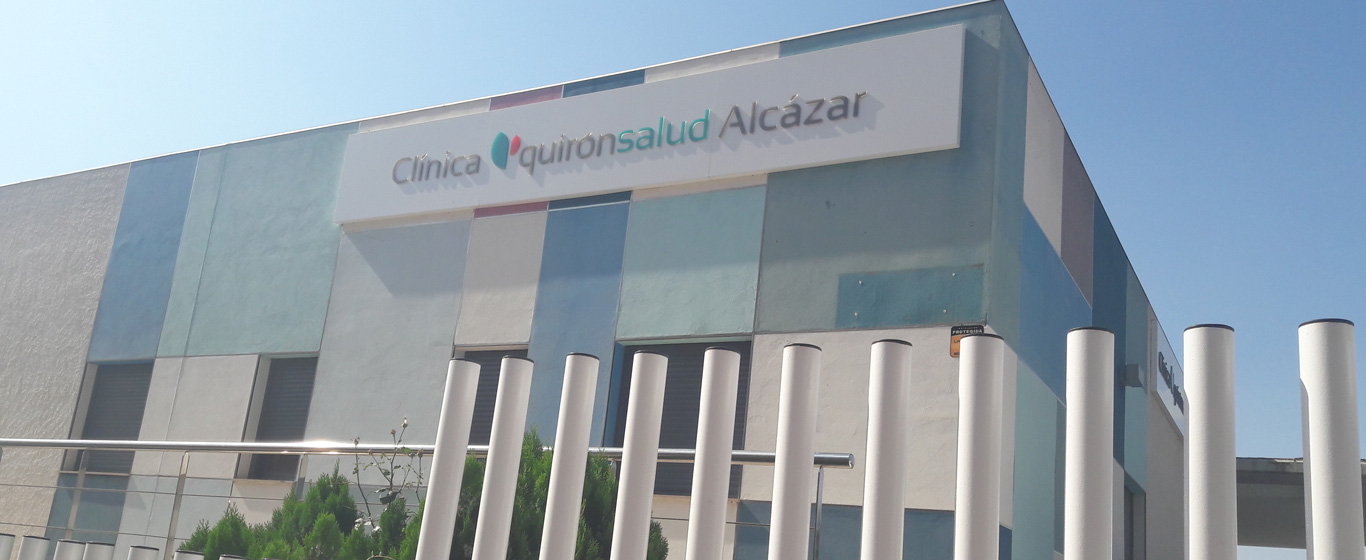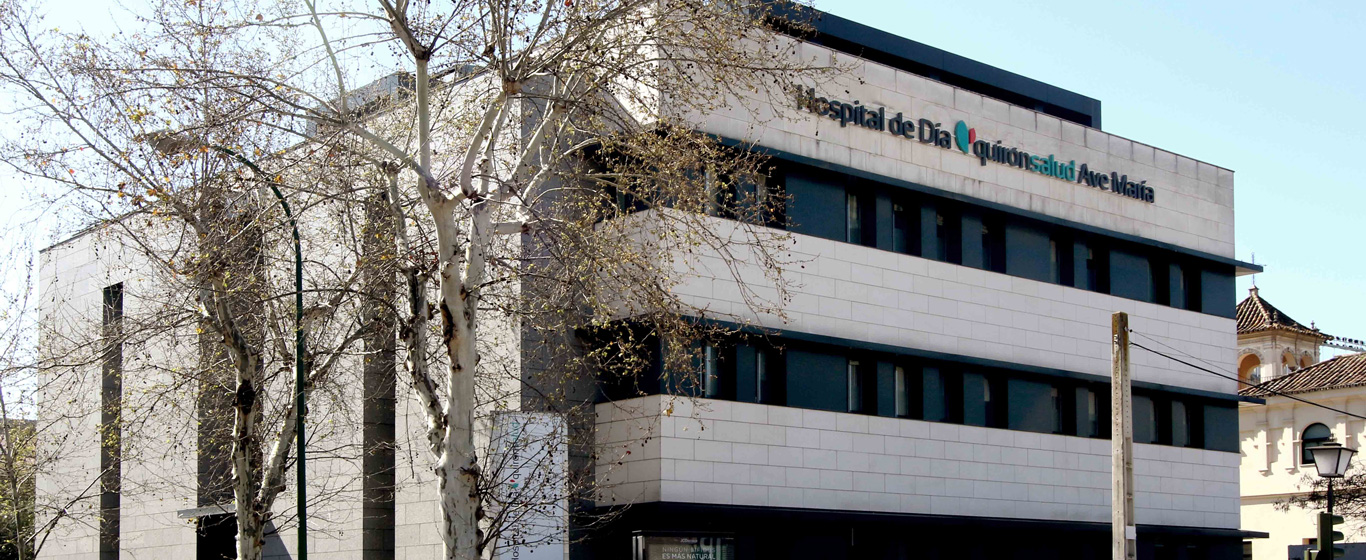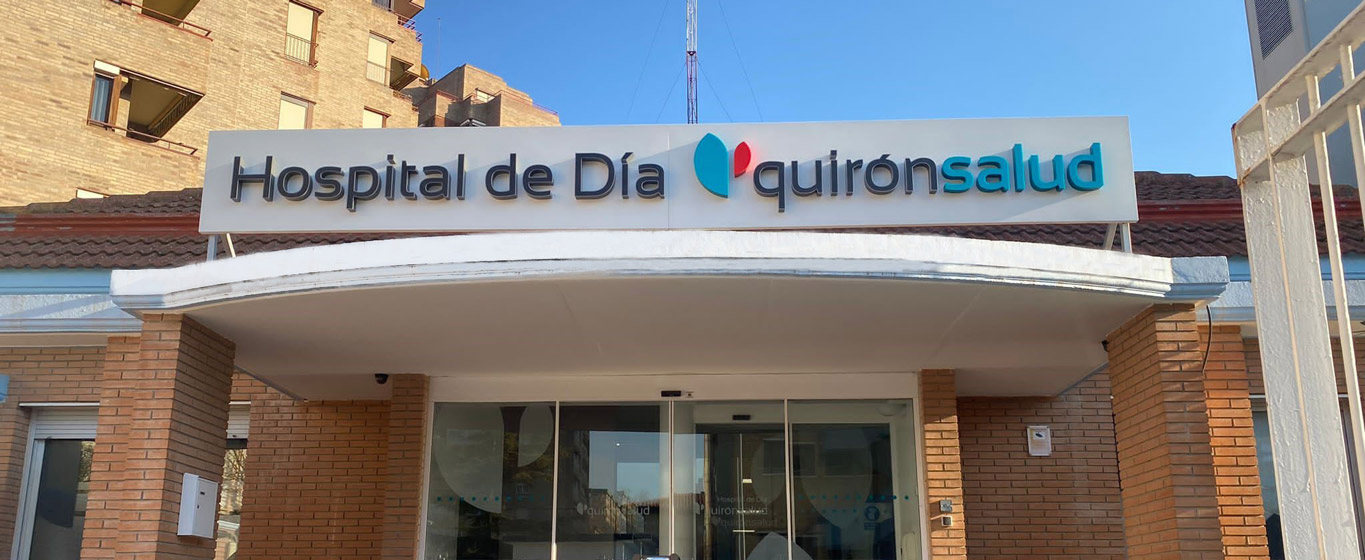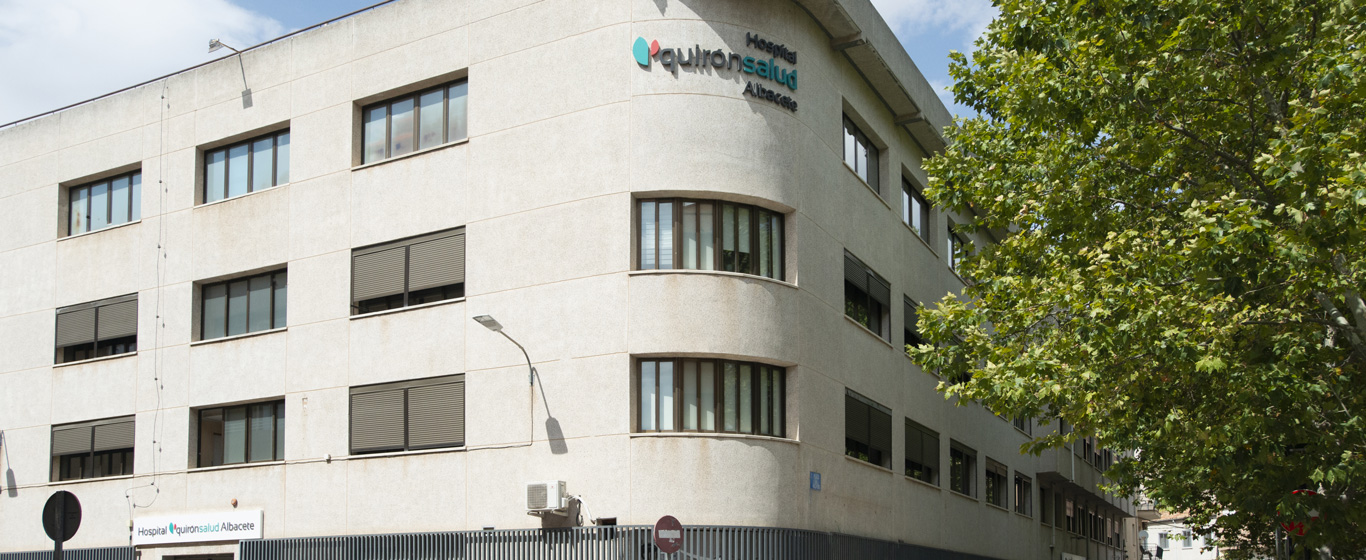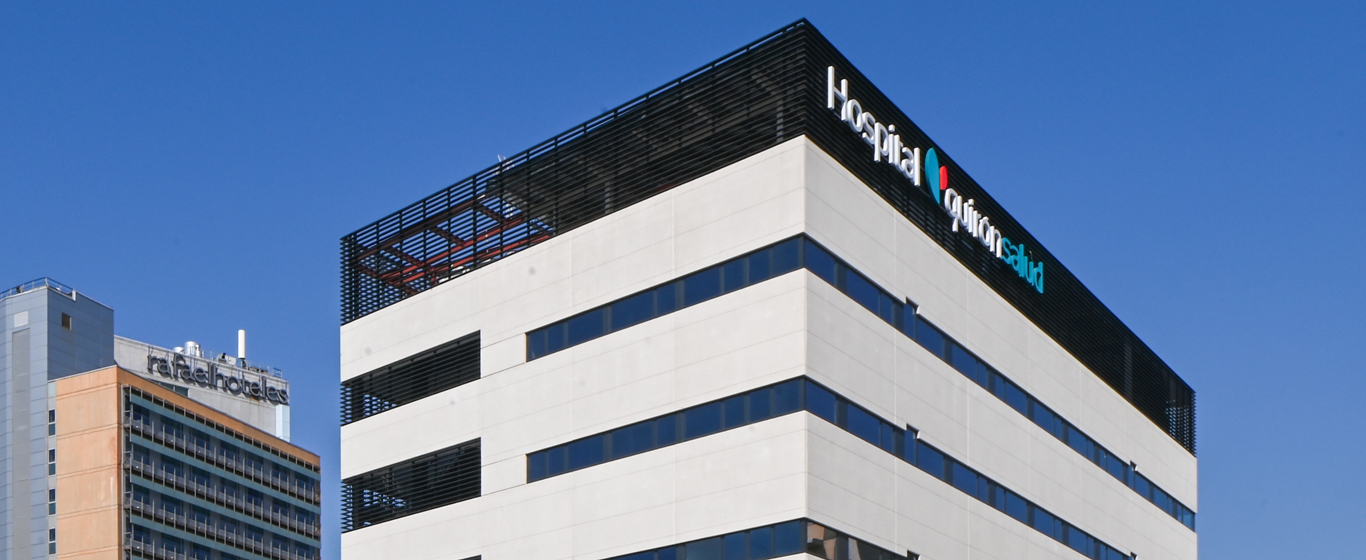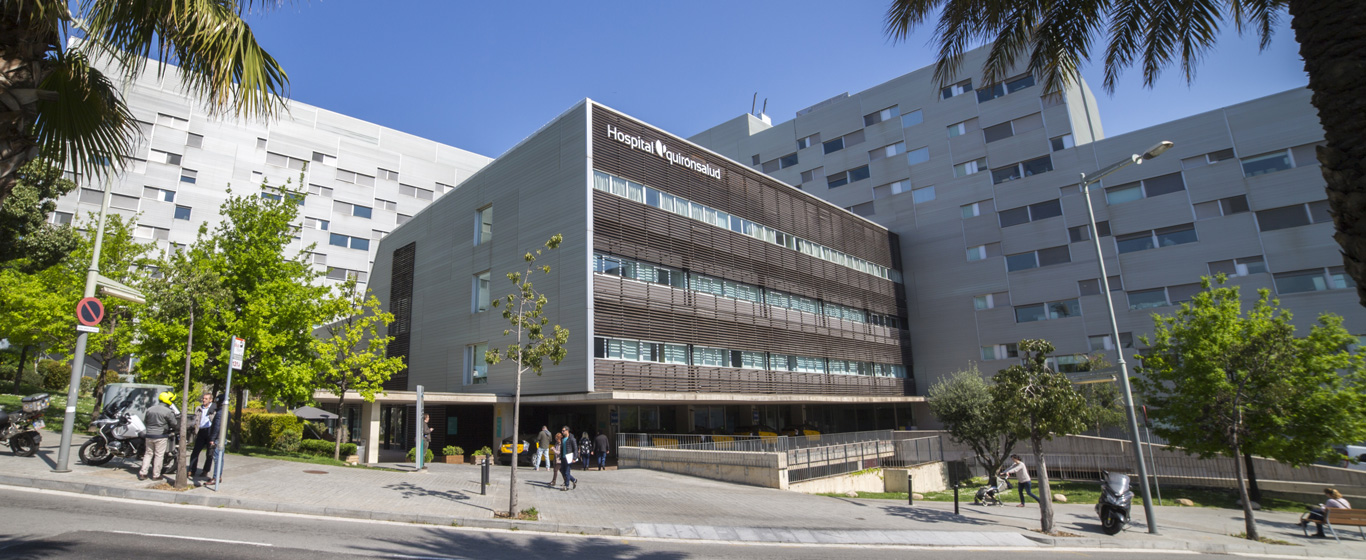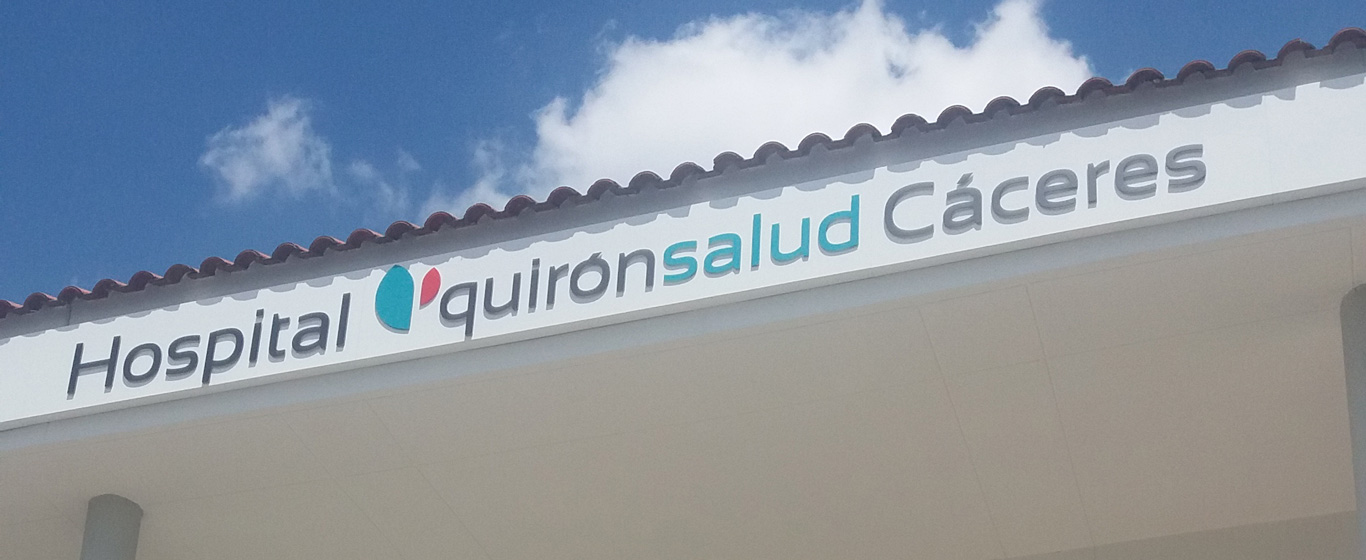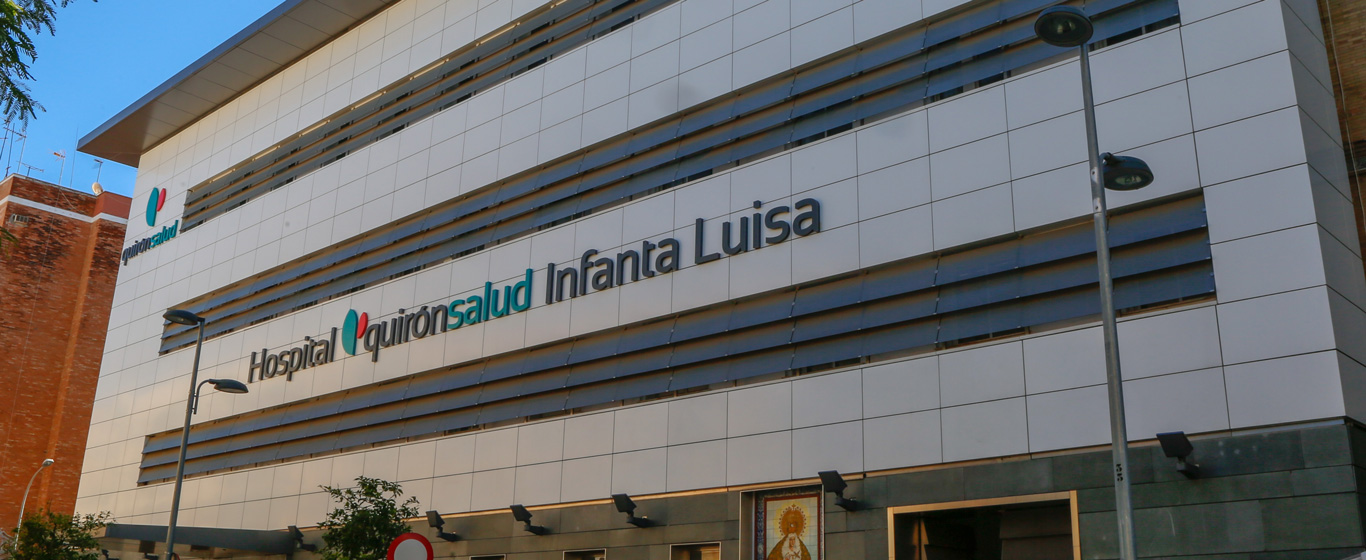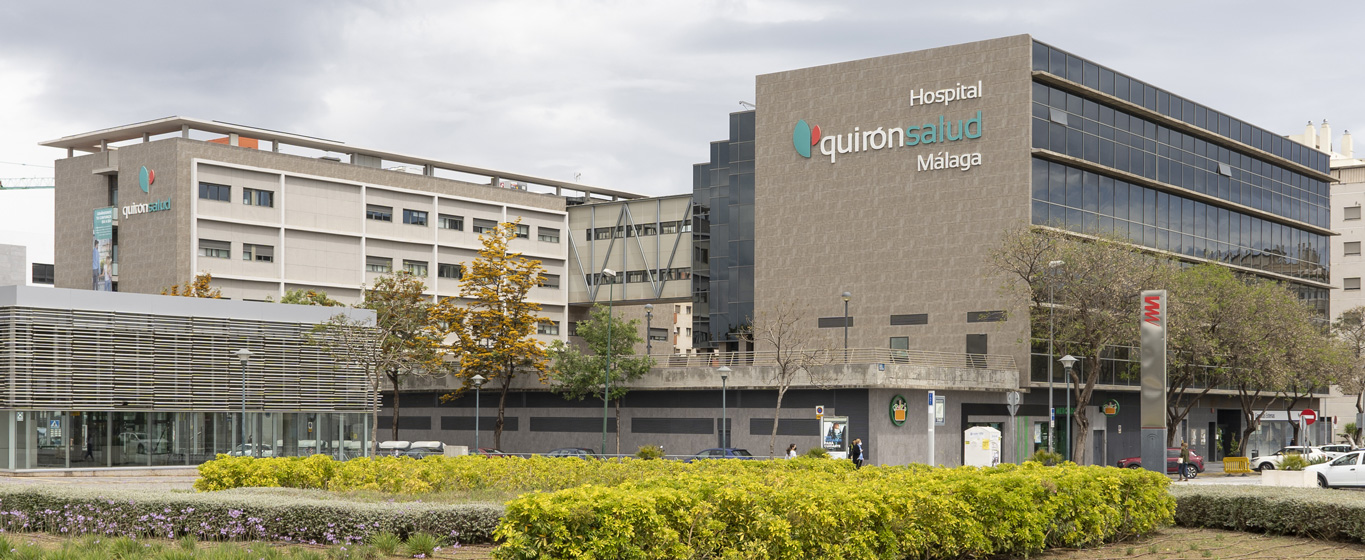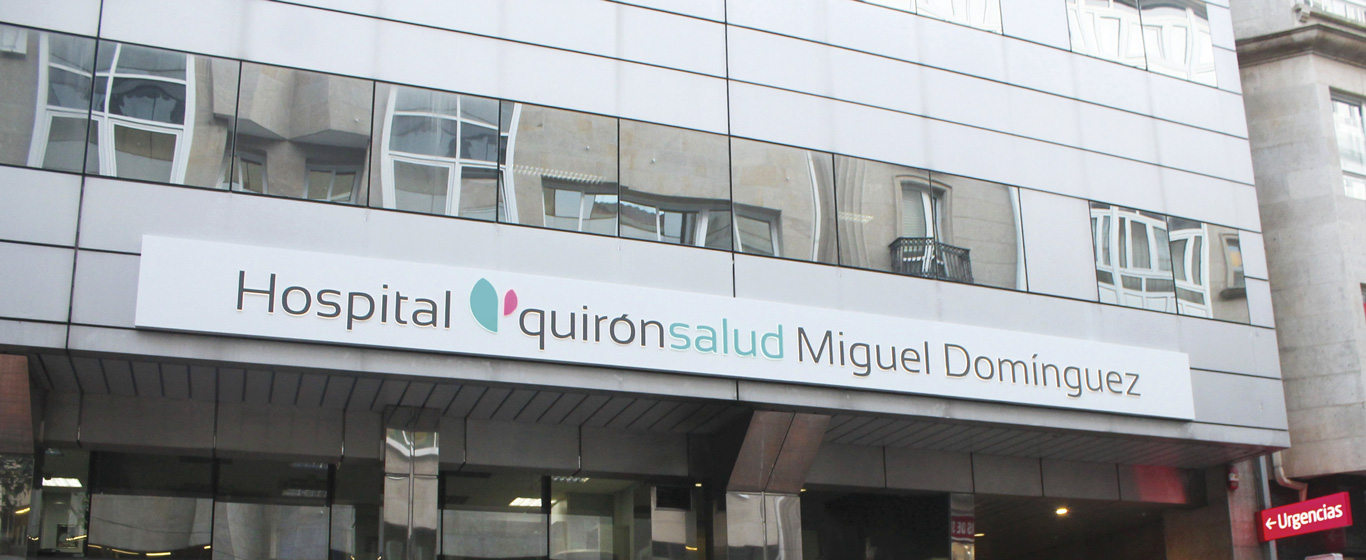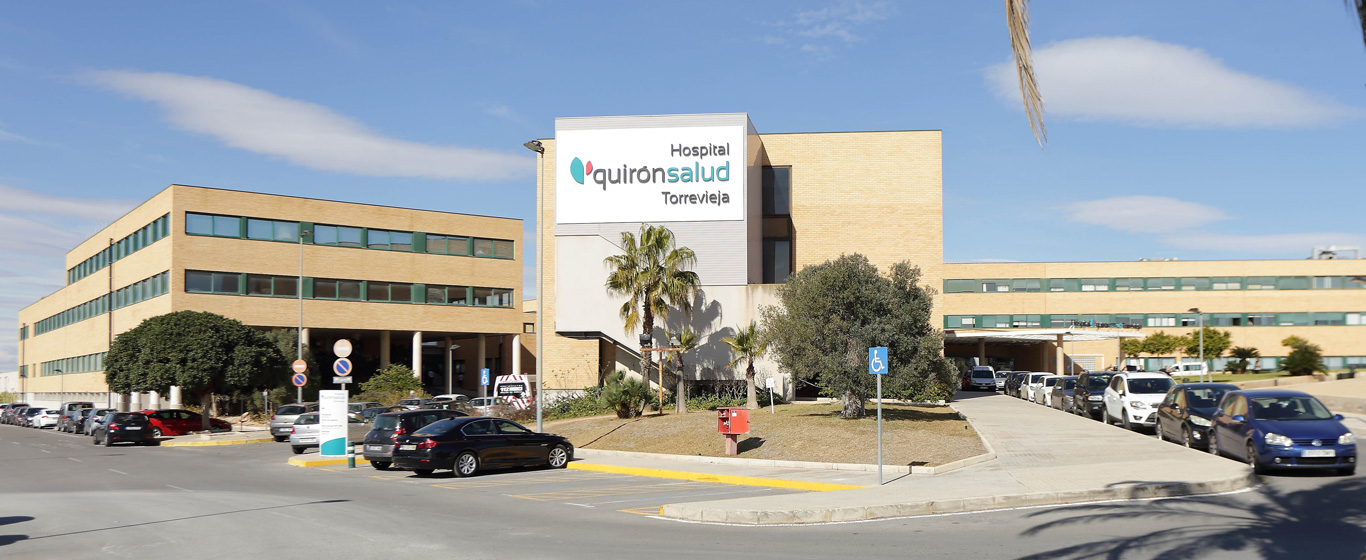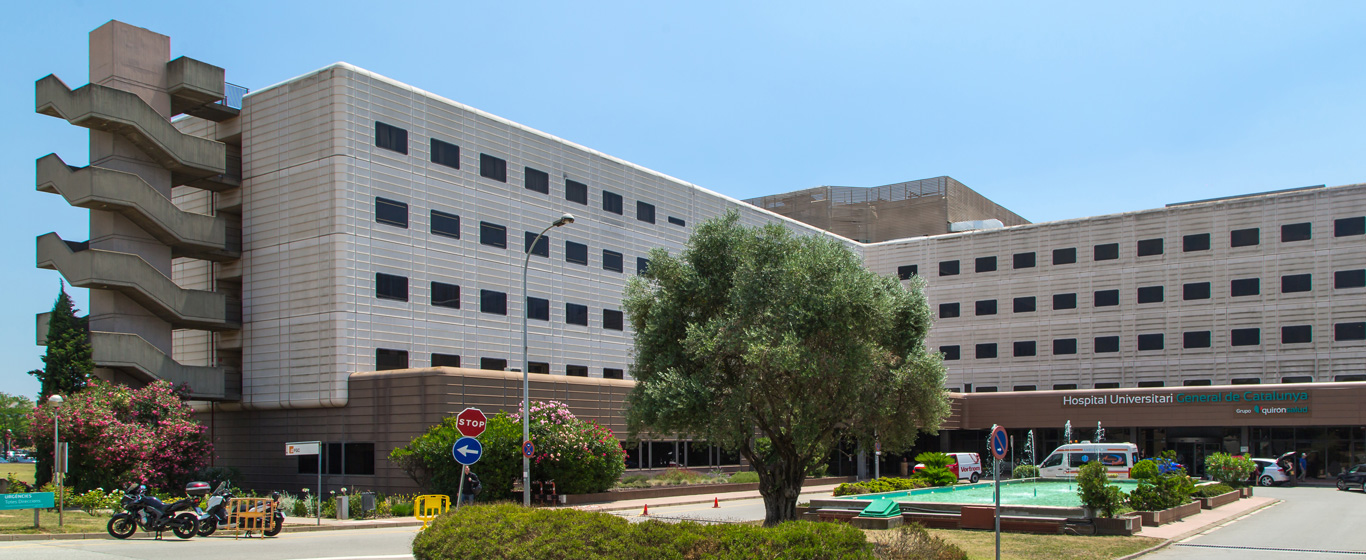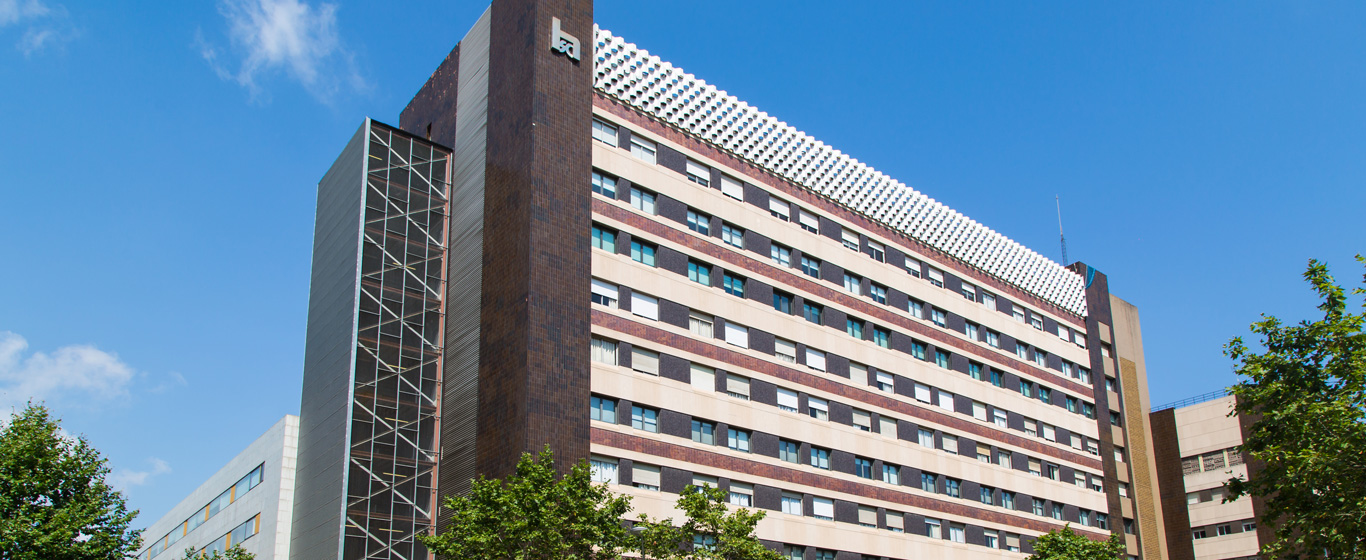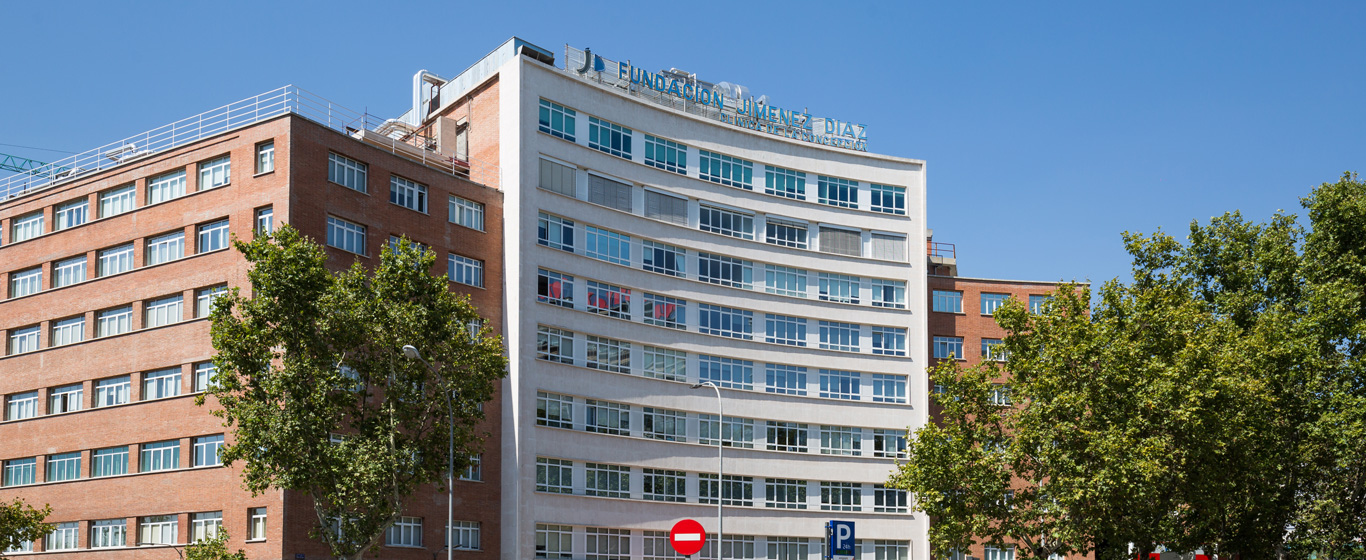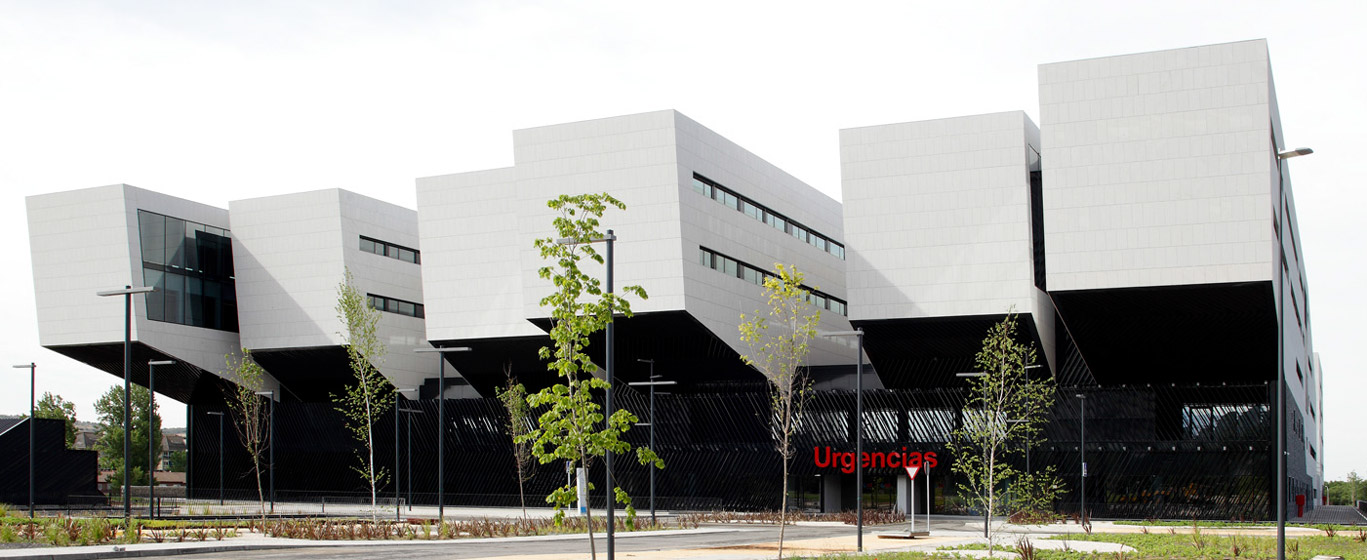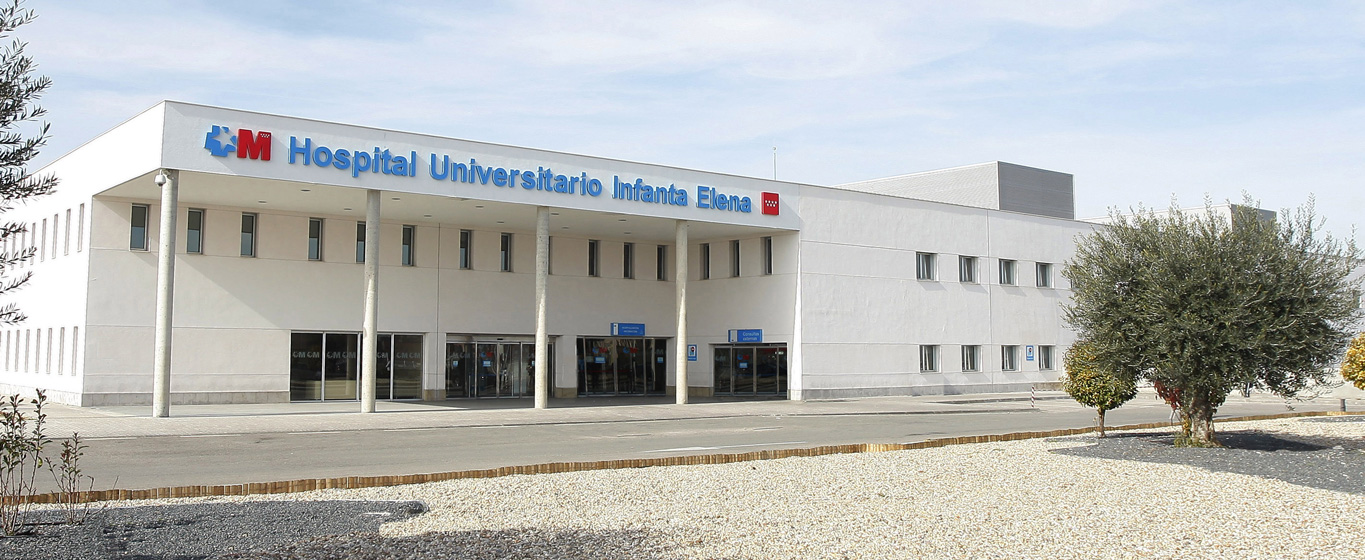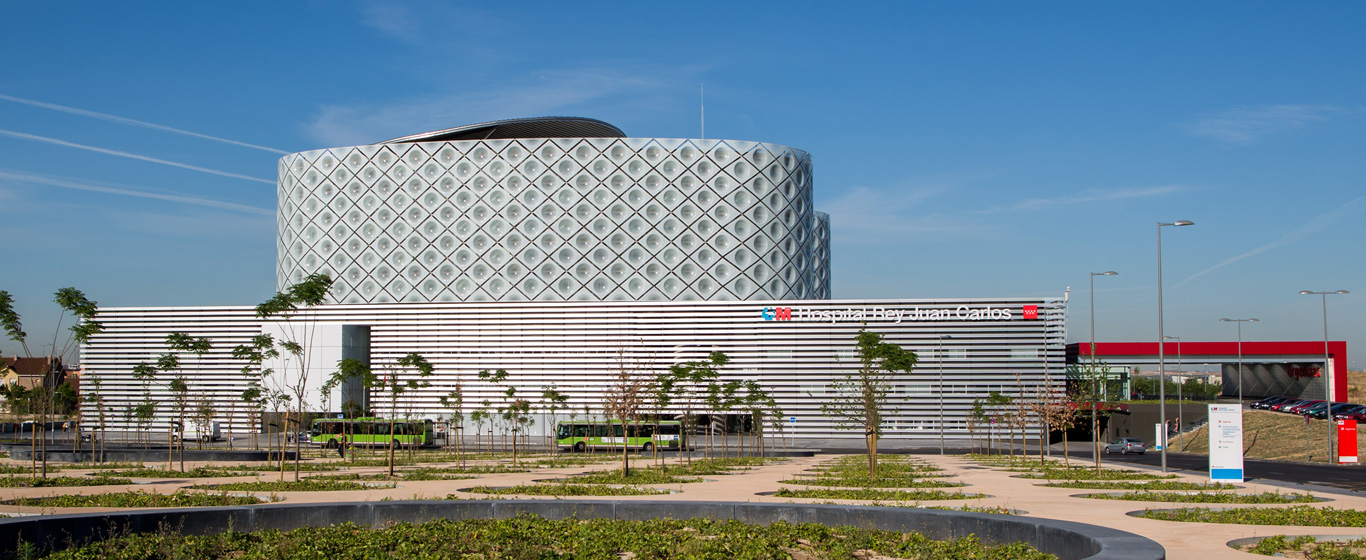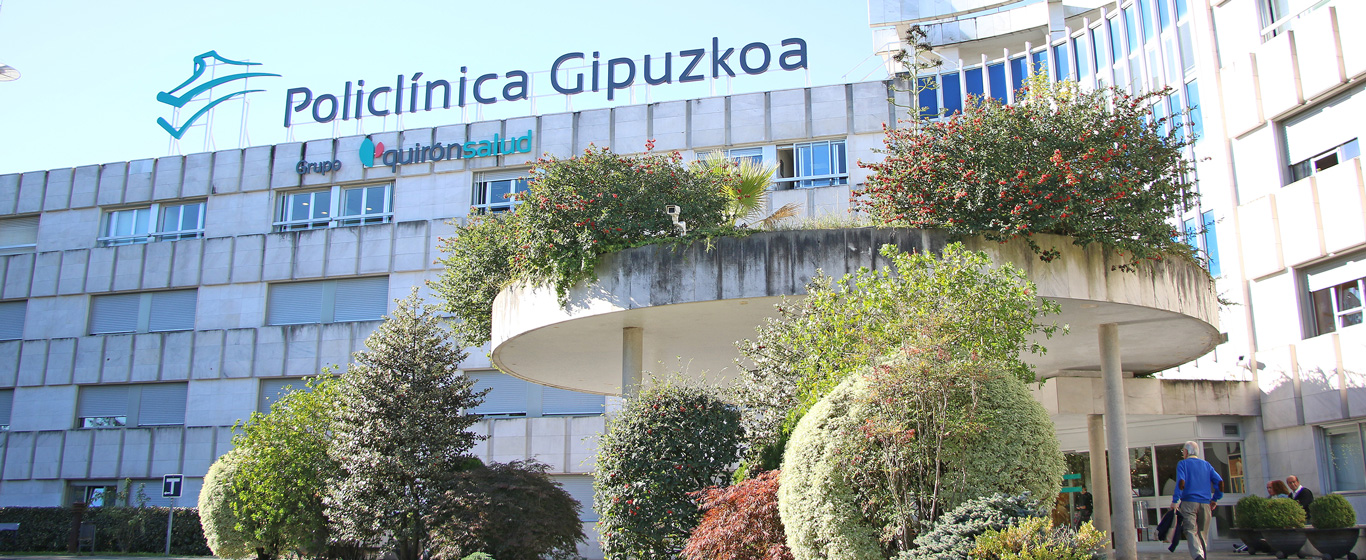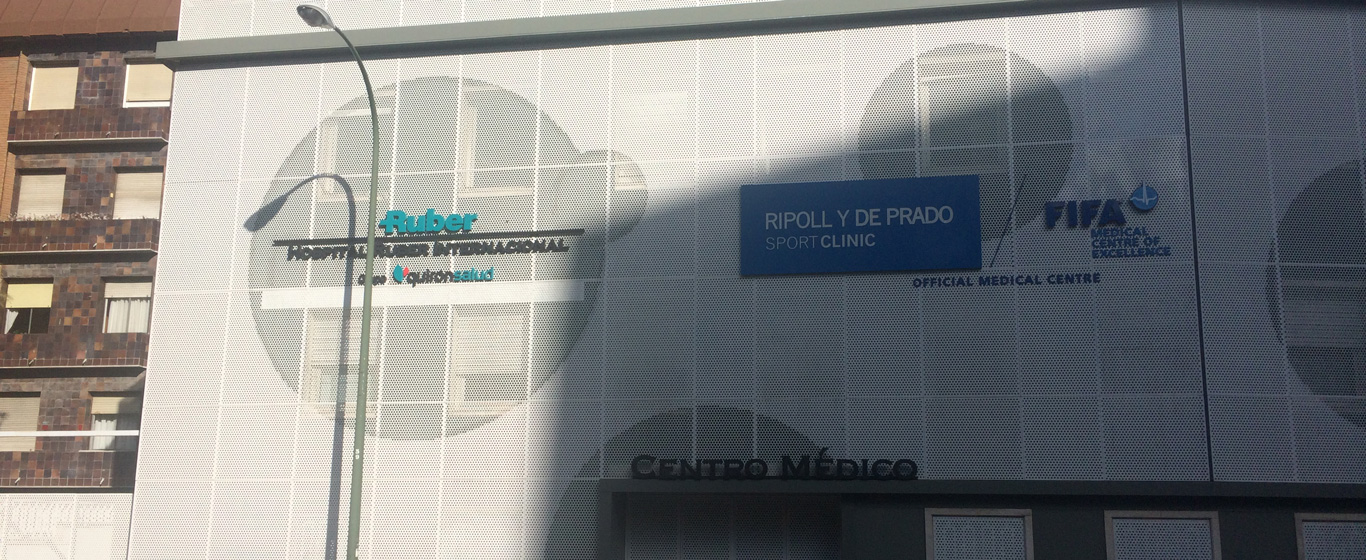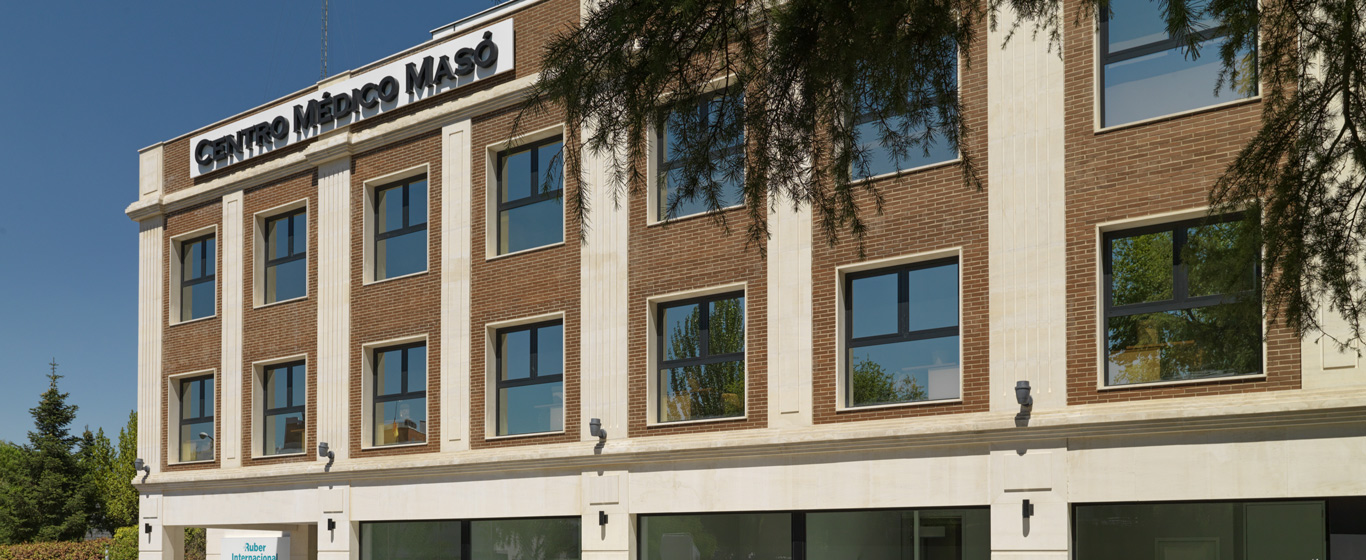Plagiocephaly
Information on the causes, prevention, prognosis, and treatment of flat head syndrome in babies.
Symptoms and Causes
Plagiocephaly is a malformation of a newborn’s head caused by external pressure. The skull becomes flattened, usually in the posterior or lateral area, and leads to facial asymmetry due to the baby’s posture inside the uterus or a preference for sleeping in a certain position. For this reason, it is also known as positional plagiocephaly.
Despite appearances, plagiocephaly does not cause delays in intellectual development. However, if it does not correct itself naturally within the first few weeks of life, treatment is recommended to prevent complications and aesthetic issues.
The prognosis for plagiocephaly is good because an infant’s skull is moldable. Just as it can flatten due to continuous pressure, it can also recover relatively easily.
Symptoms
The characteristic symptoms of plagiocephaly include:
- Deformation of the skull.
- Less hair on the flattened area.
- Facial asymmetry.
- One ear slightly positioned ahead of the other.
- In some cases, neck muscle contracture.
Causes
Plagiocephaly may be caused by any of the following:
- Intrauterine position: when the fetus moves very little during pregnancy and remains with the head pressed against the uterine wall, the baby may be born with plagiocephaly.
- Birth process: when delivery through the birth canal is difficult, excessive pressure can cause temporary flattening of the newborn’s skull.
- Sleeping position: the Spanish Association of Pediatrics (AEP) recommends that infants under one year sleep on their backs to reduce the risk of sudden infant death syndrome. Since babies sleep many hours a day, the soft, flexible bones of newborns tend to flatten in the area where they rest the most. The back of the head is also supported when the baby is in a stroller or car seat.
- Torticollis: when the neck muscles are contracted (sometimes due to intrauterine position or congenital disorders), it becomes harder for babies to move their heads, so they tend to stay in the same position.
Risk factors
The risk of plagiocephaly increases in the following situations:
- Multiple pregnancy.
- Large fetal head.
- Small uterus.
- Too much or too little amniotic fluid.
- Breech presentation.
- Prematurity, since the bones are weaker.
- Prolonged stay in an incubator
Complications
If not corrected in time, plagiocephaly can lead to serious complications:
- Mental health issues: cranial and facial asymmetries can affect self-esteem and body image, potentially leading to psychological or mental health problems.
- Neurological delays that hinder cognitive and psychomotor development.
- Vision problems due to eye misalignment, which interferes with binocular vision.
- Hearing problems caused by narrowing of the drainage canals that impedes fluid clearance.
- Speech and language difficulties.
- Bite misalignment.
Prevention
Intrauterine or torticollis-related plagiocephaly cannot be prevented. To reduce the risk of flat head syndrome in newborns, the following measures are recommended:
- Gently change the baby’s head position at intervals while in the crib.
- Change the crib’s orientation during waking hours so the baby receives stimuli from different sides.
- Allow supervised tummy time while awake.
- Alternate between stroller use and babywearing to relieve pressure on the skull.
Diagnosis
Plagiocephaly is diagnosed by observing the baby’s head, and complementary tests are usually unnecessary.
Treatment
In most cases, plagiocephaly corrects itself over time when following the recommended preventive measures. If repositioning or babywearing do not improve the condition, a custom helmet may be used to help reshape the skull more quickly. The recommended age for this treatment is between four and eight months, as after this period, skull growth slows down and remodeling capacity increases naturally.
First, precise measurements of the baby’s head are taken, either using a plaster mold or a 3D scanner. Based on this data, an orthosis is made that fits loosely over the flattened area and snugly over the unaffected parts of the head. This helmet, composed of a rigid outer layer and a padded inner lining, redirects skull growth toward the flattened region.
In cases of torticollis, treatment consists of stretching exercises to strengthen neck muscles and improve flexibility.






